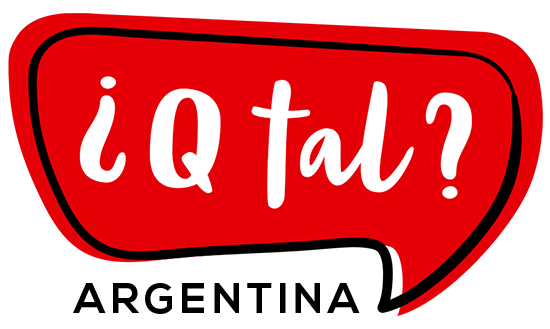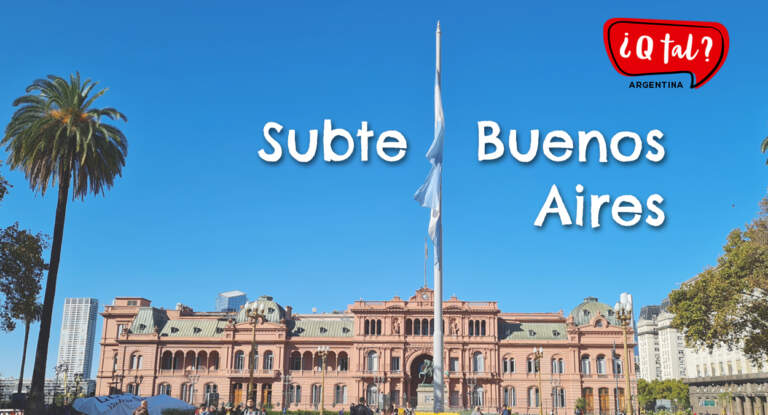If you’re interested in the Argentine economy, you may have heard the term “blue rate dollar” thrown around. But what does it actually mean? In this article, we’ll explore what the blue rate dollar is, why it exists in Argentina, and what implications it has for the country’s economy.
What is the Blue Rate Dollar?
The blue rate dollar is the unofficial exchange rate for the US dollar in Argentina. It is so named because it is typically associated with the “blue market,” a black market for foreign currency that operates outside the official exchange channels.
Why Does the Blue Rate Dollar Exist in Argentina?
To understand why the blue rate dollar exists, we need to look at the history of the Argentine economy. In the late 1990s and early 2000s, Argentina experienced a severe economic crisis that led to widespread poverty and social unrest. As part of an effort to stabilize the economy, the government implemented a currency peg that fixed the value of the Argentine peso to the US dollar.
Initially, the peg was successful in controlling inflation and stabilizing the economy. However, as the Argentine economy struggled in the face of global economic challenges, the peg became increasingly difficult to maintain. In 2001, the government was forced to devalue the peso and abandon the currency peg. This led to a sharp drop in the value of the peso, which lost over 70% of its value against the US dollar in just a few months.
Since then, the Argentine government has struggled to maintain control over the value of its currency. The official exchange rate for the US dollar is heavily regulated and subject to significant fluctuations. This has created a thriving black market for foreign currency, which is where the blue rate dollar comes in.
The blue rate dollar is essentially the exchange rate for US dollars that are bought and sold on the black market. Because this market operates outside the official channels, it is largely unregulated and subject to the forces of supply and demand. As a result, the blue rate dollar can be significantly higher than the official exchange rate for the US dollar. This creates opportunities for those who have access to US dollars to make a profit by selling them on the black market.
Best way to exchange your money in Argentina
If you’re planning a trip to Argentina, you may be wondering about the best way to exchange your money. While the blue rate dollar may be tempting, you can exchange from dollar to pesos in the street Florida, or send yourself money via Western Union. Finally, it’s important to be aware of any fees or commissions that may be charged, as these can eat into the value of your exchange. By using official channels and being aware of the costs involved, you can ensure that you’re getting the most out of your money exchange in Argentina to spend on food and vacation.
What Are the Implications of the Blue Rate Dollar for the Argentine Economy?
While the blue rate dollar may offer opportunities for some individuals to make a profit, it has significant implications for the Argentine economy as a whole. The black market for foreign currency is a symptom of larger problems with the country’s economic policies and institutions. The fact that the official exchange rate is so heavily regulated and subject to fluctuation creates an environment of uncertainty and instability that discourages foreign investment and makes it difficult for businesses to plan for the future.
In addition, the black market for foreign currency makes it difficult for the government to collect taxes on foreign currency transactions. This deprives the government of much-needed revenue and contributes to the country’s ongoing fiscal challenges.
Furthermore, the existence of the blue rate dollar can exacerbate income inequality in Argentina. Those who have access to US dollars can take advantage of the higher exchange rate on the black market to make a profit, while those who do not have access to foreign currency are left behind.
What Can Be Done to Address the Challenges Posed by the Blue Rate Dollar?
To address these challenges, the Argentine government has implemented a range of policies aimed at stabilizing the economy and reducing the dependence on foreign currency. These policies have included currency controls, tax incentives for local production, and efforts to encourage foreign investment.
However, these policies have not always been successful in addressing the underlying issues that contribute to the existence of the blue rate dollar. The country’s economic challenges are complex and multifaceted, and require a comprehensive and coordinated approach to address effectively.
In conclusion, the blue rate dollar in Argentina is a symptom of the country



